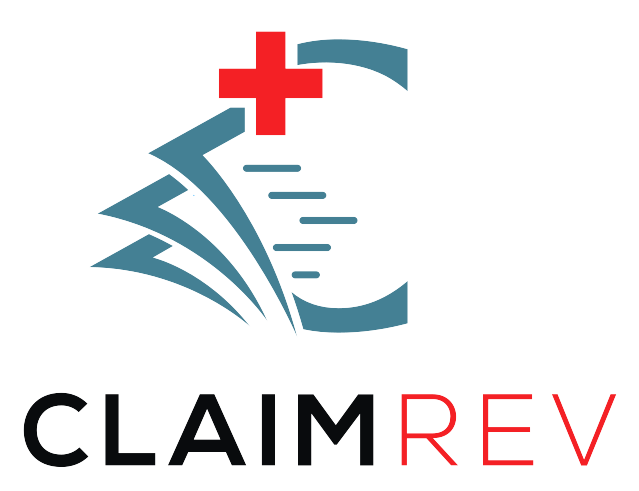In the intricate world of healthcare billing, claim rejections represent a significant barrier to efficient revenue cycle management. These rejections not only delay payments but also add administrative burdens, diverting attention from patient care. Addressing the root causes of claim rejections is not just about enhancing operational efficiency; it’s a critical strategy for safeguarding the financial health of healthcare practices. This comprehensive guide outlines actionable steps for healthcare providers aiming to minimize claim rejections, streamline billing processes, and ensure a steadier cash flow.
Audit Your Current Process
The first step towards minimizing claim rejections is a thorough review of your billing and claims submission process. This audit should aim to uncover any recurrent errors or inefficiencies. Engage with your billing team for insights and consider an external audit for an unbiased overview. Look for patterns in the rejections and identify common mistakes. This proactive assessment is vital for setting the stage for more targeted improvements.
Implement Staff Training Programs
Human error is a frequent contributor to claim rejections. Regular, comprehensive training programs for your staff can significantly mitigate this. Focus on areas such as ensuring patient information accuracy, understanding the nuances of insurance policies, staying updated with coding practices, and emphasizing the critical role of prior authorization. Tailored training sessions based on common errors identified in your audit can enhance the precision and efficiency of your billing process.
Leverage Technology
Modern billing software and Electronic Health Records (EHR) systems offer sophisticated features designed to prevent common billing errors. From real-time alerts for potential mistakes to automatic verification of patient data and up-to-date coding information, these technological solutions are invaluable for reducing human error. Investing in such systems not only improves efficiency but also helps in maintaining compliance with ever-evolving healthcare regulations.
Develop a Rejection Management Strategy
Despite your best efforts, some claims will inevitably be rejected. However, a structured approach to managing these rejections can help you address them more efficiently. Analyze every rejection to understand its cause, correct the issues, and promptly resubmit the claims. This cycle of feedback and improvement is crucial for reducing future rejections and enhancing the overall claims management process. For example, submitting the same claim more than once, whether due to administrative oversight or misunderstanding of a previous rejection, leads to unnecessary rejections.
Engage with Insurance Companies
Building strong relationships with insurance companies can provide you with insights into common rejection reasons and policy changes that could affect your claims. Regular interactions with insurance representatives can help you stay ahead of policy updates, understand coverage intricacies, and make the prior authorization process smoother. These relationships are invaluable for anticipating potential hurdles and proactively addressing them.
Monitor and Adjust
Implementing changes to your billing process is only the beginning. Continuous monitoring of how these changes affect your claim rejection rates is essential. Use analytics to track improvements or identify new areas of concern. Adjust your processes, training, and technology use based on this data to ensure ongoing optimization of your billing operations.
Encourage Patient Participation
Your patients play a crucial role in the billing process. Educating them about the importance of providing accurate and comprehensive information is fundamental. Encourage patients to verify their insurance coverage details and understand which procedures require prior authorization. Informed patients are less likely to contribute to billing errors, making the process smoother for everyone involved.
Conclusion: A Proactive Approach for a Healthier Bottom Line
Reducing claim rejections and streamlining your billing process requires a comprehensive, proactive strategy. By auditing your current processes, investing in staff training, leveraging technology, developing a structured approach to rejections, engaging with insurers, continuously monitoring your progress, and encouraging patient involvement, you can significantly reduce billing errors and claim rejections. This not only stabilizes your practice’s cash flow but also enhances the patient experience by minimizing administrative delays and errors.




